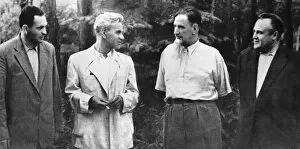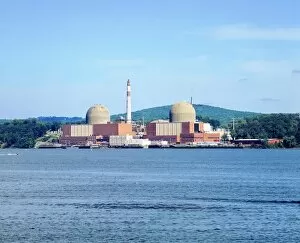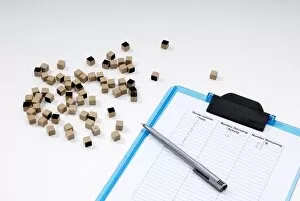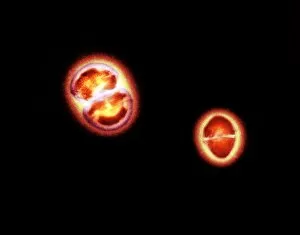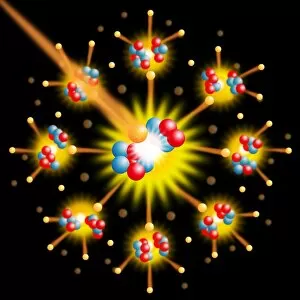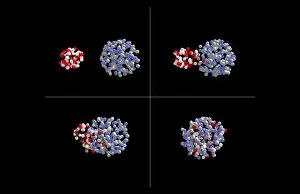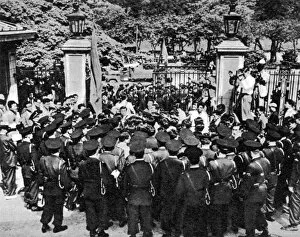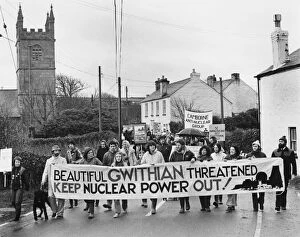Nuclear Collection (#15)
"Nuclear Power: A Force to be Reckoned With" From the depths of the ocean to the towering power stations, nuclear energy continues to shape our world
All Professionally Made to Order for Quick Shipping
"Nuclear Power: A Force to be Reckoned With" From the depths of the ocean to the towering power stations, nuclear energy continues to shape our world. The HMS Superb, Vigilant, and Ambush stand as formidable guardians of the seas, their nuclear capabilities ensuring a constant watch over our waters. On land, Sizewell A Magnox nuclear power station may have closed its doors, but its legacy lives on alongside its newer counterpart. These structures symbolize mankind's pursuit of clean and efficient energy sources in Suffolk, England. Meanwhile, in Scotland's HMNB Clyde, Nuclear Submarine HMS Vanguard returns home after fulfilling her duty with unwavering commitment. This vessel represents the strength and security that nuclear technology provides for our nation. The Royal Navy's Submarine HMS Splendid silently patrols beneath the waves while Dungeness Nuclear Power Station stands tall on Kent's headland - both testaments to humanity harnessing atomic power for progress. In 2013, Hms Tireless showcased how advancements in nuclear engineering continue to push boundaries. And as Royal Navy Submarine HMS Triumph enters HMNB Clyde alongside her sister ship Victorious and Trident-powered VIGILANT submarine from 1996 – we witness an unyielding dedication towards maintaining peace through technological prowess. As HMS Ambush arrives at HMNB Clyde once again, it serves as a reminder that nuclear power is not just about destruction but also protection, and is a force that can be harnessed responsibly for the greater good of society. Whether deep below or soaring above ground level – these images paint a picture of how far we've come in utilizing this incredible source of energy. Nuclear power remains an integral part of our present and future endeavors; one that promises both challenges and opportunities as we strive towards a cleaner and more sustainable world.






